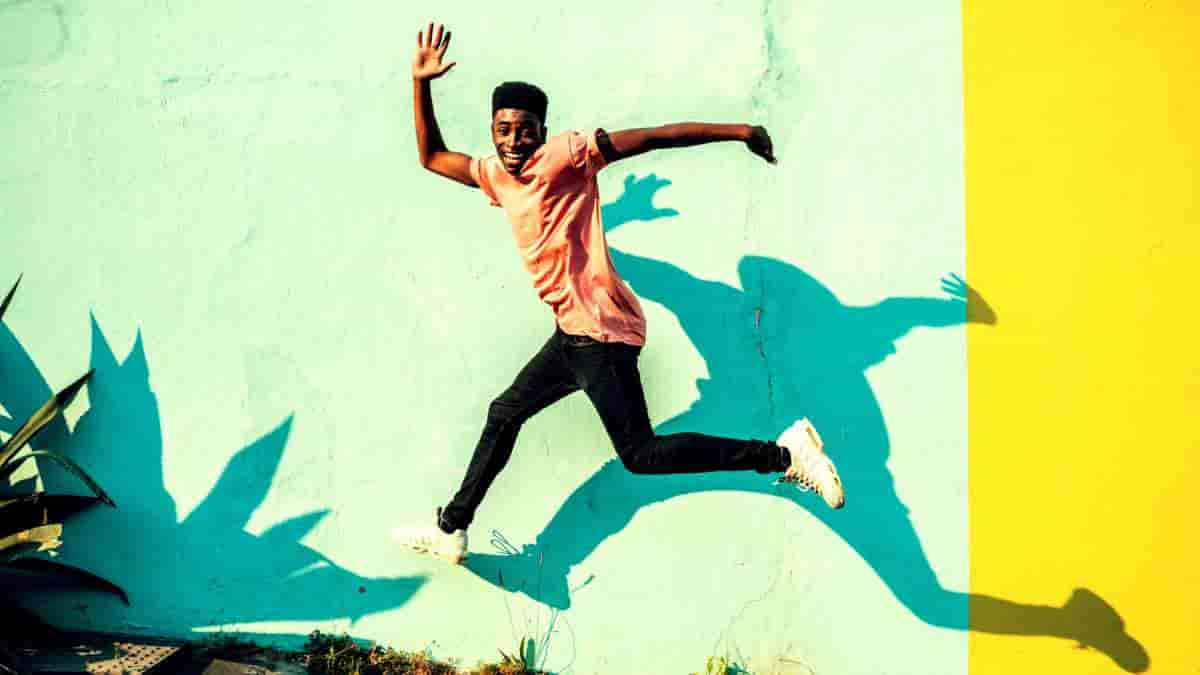“All through my life I’d been very embarrassed, because I find it very difficult to recognize people’s faces until I know them really well. So I can be with somebody for a day and meet them the next day. Unless they have a sort of unusual face, I may not know who they are and it’s really embarrassing.” –Jane Goodall
When most of us see someone we know, it seems like the brain naturally and immediately recognizes that person by his or her face and body. Our brain understands the person’s movement.
But for people with the condition of facial recognition blindness, like the well-known chimp researcher Jane Goodall, the recognition is not so easy, if it happens at all.
A person’s movements actually lets you perform important tasks like interpreting social cues, detecting threats, and determining the difference between skipping and jumping.
Now, a new study from neuroscientists at University College London has shown for the first time how people with prosopagnosia, or face blindness, can still recognize other people’s movements.
Movement Brain Mechanisms
The study found that the ability to understand different movements, such as walking, skipping, and jumping, involves different brain mechanisms from those that recognize who is initiating the action.
“We know from earlier studies that the processing route in the brain that leads to person recognition is also involved in recognizing a person’s movements, but it was not clear whether this involvement was really critical for the understanding of the movement,”
says lead author Sharon Gilaie-Dotan, of University College London’s Institute of Cognitive Neuroscience.
In the study, six patients with brain damage that prevents them from recognizing people by their faces were tested with sensitive point-light displays made out of dots that move, similar to stick figures, against three different control groups.
Neural Process for Comprehending Actions
Even the patients who were extensively impaired at facial recognition were effortlessly able to recognize the human movements in the dot experiments, performing as well as the normal participants.
According to Marlene Behrmann, a cognitive neuroscience professor at Carnegie Mellon, discovering that there is a neural process for comprehending actions independent of the actor also explains how it is possible to understand what people are doing from very far away without recognizing who they are due to distance.
“Such investigations of individuals with brain damage provide a window into brain function and enable us to determine what brain areas play a central role in behavior,” Behrmann says. “They also allow us to challenge some of the existing findings and clarify the correspondences between brain function and behavior.”
One particularly interesting feature of prosopagnosia is that it suggests both a conscious and unconscious aspect to face recognition.
Prosopagnosia and Emotions
Experiments have shown that when presented with a mixture of familiar and unfamiliar faces, people with prosopagnosia may be unable to successfully identify the people in the pictures, or even make a simple familiarity judgement (“this person seems familiar / unfamiliar”).
But when a measure of emotional response is taken, like a measure of skin conductance, there tends to be an emotional response to familiar people even though no conscious recognition takes place.
This suggests emotion plays a significant role in face recognition, perhaps unsurprising when basic survival (particularly security) relies on identifying the people around you.
Reference:
- Sharon Gilaie-Dotan, Ayse Pinar Saygin, Lauren J. Lorenzi, Geraint Rees, and Marlene Behrmann. Ventral aspect of the visual form pathway is not critical for the perception of biological motion. PNAS 2015 : 1414974112v1-201414974.
Last Updated on February 25, 2023
